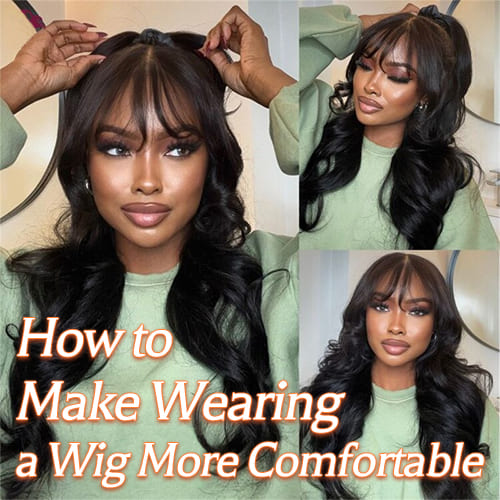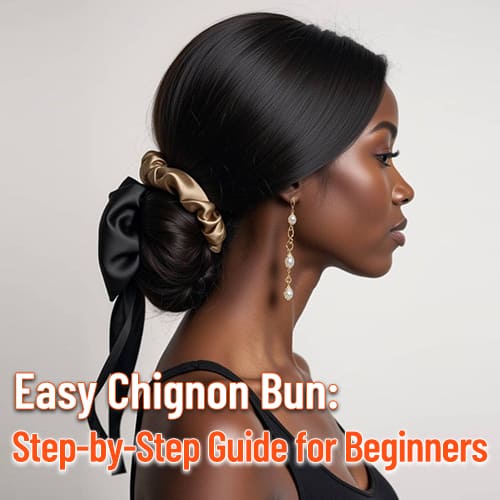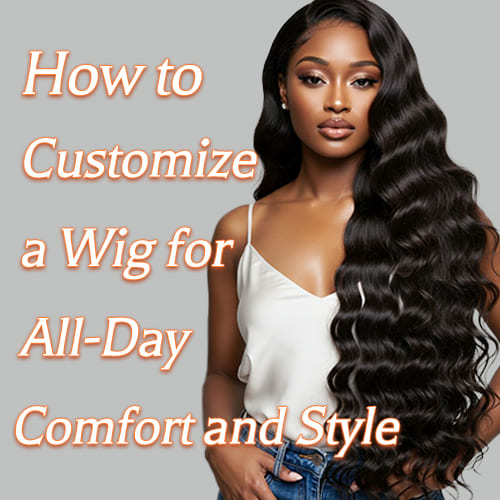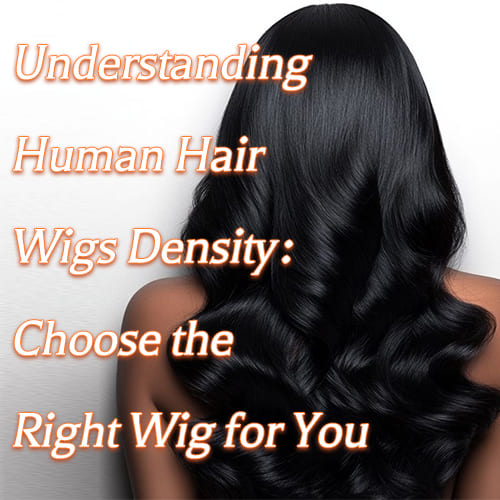Wigs are a fantastic tool for self-expression, offering endless possibilities for changing your style in an instant. However, the dream of a flawless new look can quickly be overshadowed by discomfort, itchiness, or a feeling of heaviness. The key to truly enjoying your investment is learning how to make wearing a wig more comfortable for all-day wear. Achieving this blissful state starts with a combination of proper preparation, selecting the right wig specifications, and diligent maintenance, ensuring your wig feels as good as it looks.
Choosing the Right Foundation and Fit
A comfortable wig experience begins before you even put the unit on. The foundation you create is crucial. Start by ensuring your natural hair is as flat and smooth as possible, whether through neat braids or a slicked-back style. This prevents lumps and bumps that can create pressure points under the wig. Next, choose a wig cap. A quality cap made of breathable material like cotton or bamboo can act as a protective barrier between your scalp and the wig, reducing friction and absorbing sweat. Most importantly, ensure your wig is the correct size. A wig that's too tight will cause headaches, while one that's too loose will feel insecure. Always measure your head and consult sizing charts before purchasing, and make full use of the adjustable straps inside the cap for a perfectly snug, but not constricting, fit.
How Wig Construction Impacts Comfort
The materials and construction of your wig play a significant role in its comfort level. When considering lace frontals, the debate of 13x4 lace vs 13x6 often comes down to styling versatility, but it also impacts breathability. A larger 13x6 lace area can provide better air circulation to your scalp, which is a major advantage for long-term wear. Density is another critical factor. While a high-density wig, such as a 200 density wig, provides incredible volume and a luxurious, full look, it also comes with added weight. For beginners or those with sensitive scalps, starting with a lower density (around 150-180%) might be a more comfortable option for daily use.
Managing the Weight and Heat of Longer Styles
There is nothing quite as glamorous as a long, flowing wig. The allure of a stunning 40 inch wig human hair is undeniable, but with great length comes great responsibility for managing comfort. The sheer weight of a 40 human hair wig can cause strain on the neck and scalp over time. To mitigate this, consider styling the hair up into a loose ponytail or braid to distribute the weight and keep the fibers off your neck, which also helps with heat buildup. A dramatic 40 inch curly wig can be particularly warm, so it's a style best managed with frequent breaks. For a lighter, more carefree option that still offers beautiful volume, a shorter style like a 16 in curly wig can provide a fantastic look without the extra weight and heat, making it an ideal choice for everyday comfort.
Daily Care for a Better Feel
Finally, consistent care is essential for maintaining a comfortable wig. Regularly washing your wig and your wig caps is non-negotiable. Product buildup, sweat, and oils can transfer to your scalp and cause significant irritation and itching. When you're not wearing your wig, store it properly on a mannequin head or a wig stand. This helps maintain its shape and prevents the cap from stretching. For units with a large frontal, like a 40 inch lace wig, careful storage is key to preserving the delicate lace and preventing tangles that can pull uncomfortably when worn. Giving your scalp a break is also vital. Try to have wig-free time each day to allow your skin to breathe and recover, ensuring your scalp stays healthy and ready for your next glamorous transformation.







